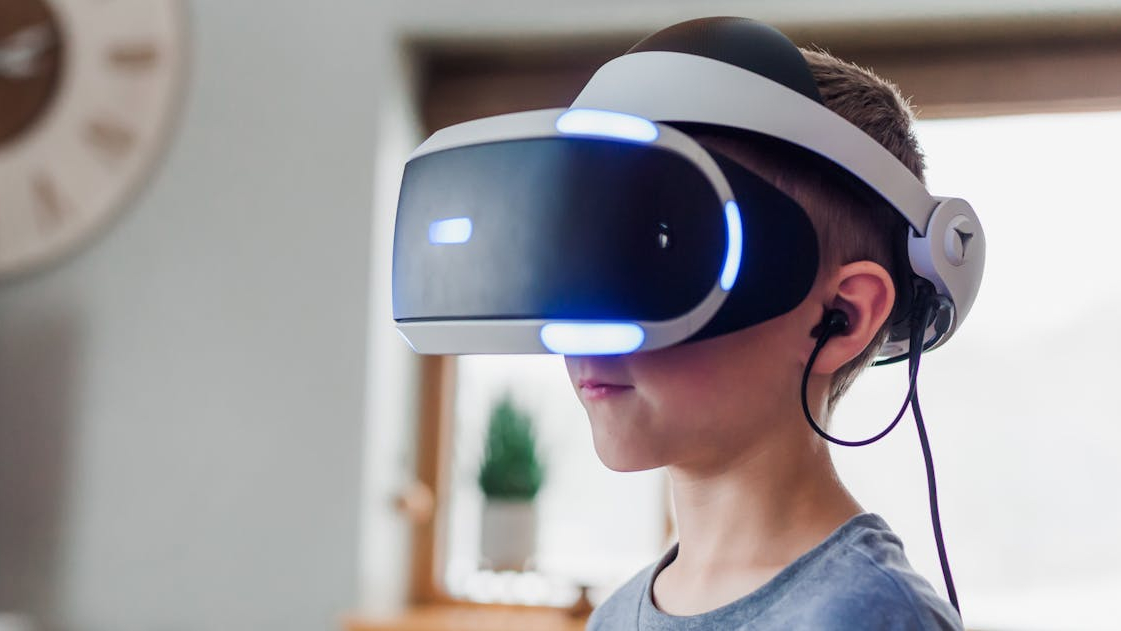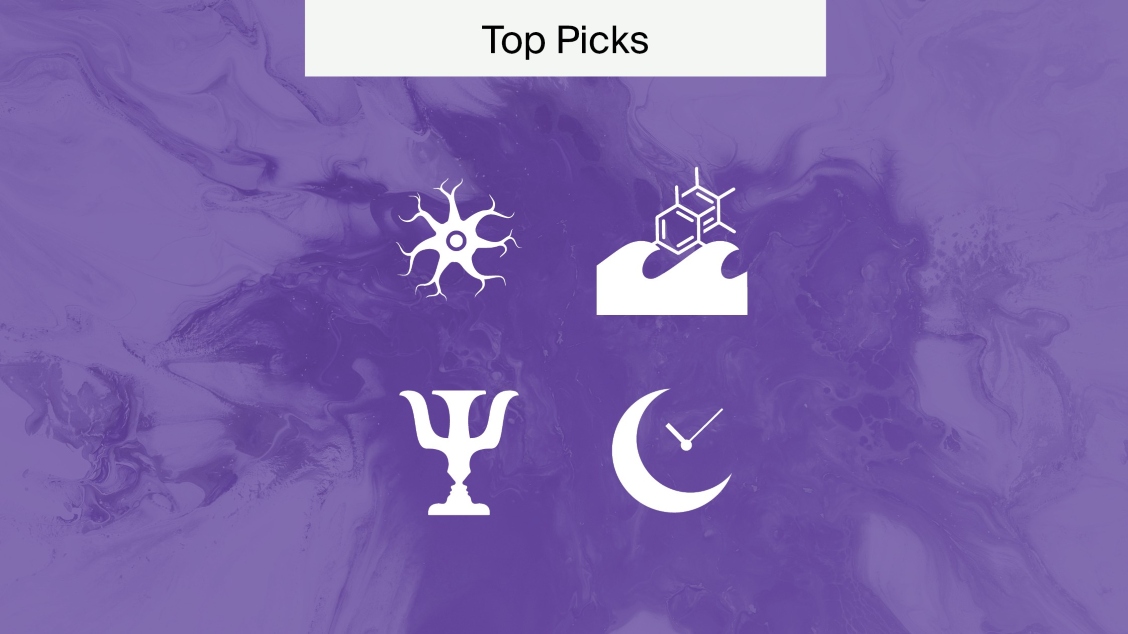
Insights from MDPI Top Pick Articles: August 2025
In this Top Picks roundup, we explore a diverse selection of the latest scientific research published across a range of MDPI Open Access journals.
Dual-Purpose Star Tracker and Space Debris Detector: Miniature Instrument for Small Satellites
Published by Journal of Sensor and Acuator Networks (JSAN), July 2025
A new study published in JSAN presents the exciting development of a novel instrument to detect both space debris and stars.
Star trackers, or STRs, are used in space missions to capture images of stars and calculate a spacecraft, satellite, or probe’s orientation to detect its exact positioning in space and communication with Earth.

The research describes the method of developing an STR that, as well as tracking stars, can also detect debris in space. Detecting debris is important to prevent collisions with the spacecraft, which could result in significant damage. Collision avoidance is a critical component of space traffic management.
Here, the researchers discuss the STR’s development and implementation and the testing of the small instrument. The simulations confirmed the successful validation of the instrument for dual-function use on small satellites.
The authors highlight the use of a novel New Space approach, which refers to a commercial and private model that aims to facilitate access to space and thereby reduce space missions’ dependency on traditional government-led agencies. Manufacturing the instrument through this approach is increasingly collaborative, cost-effective and accessible.
The authors conclude that future research would focus on the STR’s detection capabilities, in-orbit validation, and further validation of its technical performance in space.
Mind the Gap: Knowledge, Attitudes and Practices Regarding Equine Piroplasmosis in Portugal
Published in Parasitologia, July 2025
Equine Piroplasmosis (EP) is a disease caused by ticks, significantly affecting horse health, well-being and the horse industry. The parasite is particularly prevalent in Portugal and other Mediterranean countries due to their temperate climates in which the parasite thrives.
A study published in Parasitologia explores EP and the current knowledge gaps of the infection in horses, its duration, diagnosis and a range of effective treatments.
In order to gauge current understandings of EP amongst veterinarians, the researchers carried out a survey given to 41 vets in Portugal, asking questions on how well they could identify the clinical signs of infection, transmission routes, and factors causing infection.
The results predominantly highlight the need for effective standardised protocols for the diagnosis and treatment of the disease across the board.
Becoming Autonomous and Integrating Insulin Pump Therapy into Life: A Qualitative Analysis of Adolescent Experiences with Type 1 Diabetes Management
Published in Diabetology, August 2025
Type 1 diabetes is a chronic autoimmune condition where the body can no longer secrete insulin and, therefore, no longer regulates blood sugar levels. It can occur in children and can significantly impact their quality of life, as strict and constant monitoring of blood glucose levels is required from a young age.
Development of new technologies, such as the insulin pump, aims to facilitate the demanding nature of managing the disease.
The insulin pump works by automatically delivering insulin based on the individual’s glucose levels, which are continuously monitored by the device. The alternative treatment option is to manually monitor glucose levels and administer multiple daily insulin injections to keep blood glucose levels within a normal range.

The attitude towards using insulin pumps varies between individuals, as explored in the study published in Diabetology. The study analyses the perceptions, experiences and outcomes of using different options of insulin therapies in 20 patients between 11–21 years old with type 1 diabetes.
Feelings of autonomy and confidence were associated with pump users, as well as certain anxieties and worries for both users and non-users over technical problems which may arise
The research provides an insight into how the children and young adults felt during their initial diagnosis, as well as their perception of having the disease. Furthermore, the study allows researchers to understand patients’ reasons for either rejecting or accepting insulin pumps as a mode of treatment.
Feelings of autonomy and confidence were associated with pump users, as well as certain anxieties and worries for both users and non-users over technical problems which may arise, suggesting complicated and mixed feelings.
The authors provide an in-depth discussion on the responses and study results, giving an insight into the attitudes children and young adults have towards the different modes of treatment for type 1 diabetes. Studies such as this inevitably shape the future development of different treatment options and help clinicians better understand the needs of their patients.
Myopia in Beagles in a Family of 12 Individuals
Published in Animals, August 2025
Myopia, a clinical term for nearsightedness, was seen in a family of beagles in a case study published in the Open Access journal Animals. This type of visual impairment was paired with night vision problems, as 10 of the 12 dogs that suffered from impaired night vision were significantly more myopic than those without night vision problems.
To determine the status of their vision and the extent of myopia, all the dogs completed an ophthalmological examination, including a retinoscopy. This examination involves shining a light on the retina to observe the reflected light and pupil responses. Furthermore, an electroretinography (ERG) was performed on four of the dogs that had impaired night vision. This examination uses electrodes to determine the electrical responses of specialised light-sensitive retinal cells.
The study includes results of the extensive evaluation, with the author’s analysis of the results leading to the conclusion that myopia may be a potential cause of night vision problems in the dogs and that there may be a genetic link between the two deficiencies.
The authors state that further tests, such as those carried out in the study, should be carried out to ensure that myopia is not the cause of the impairment. Further research is needed to decipher the potential link between night-vision impairment and myopia in beagles.
To read more of the current and top research published by MDPI’s Open Access journals, access the full journal list.










